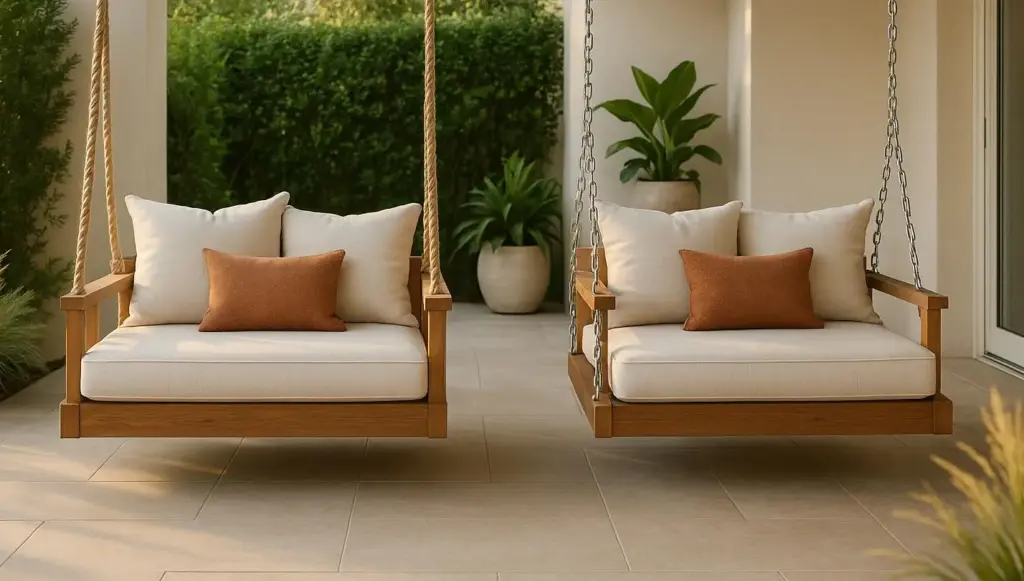Nationwide Shipping in All 50 States
Free Shipping on Qualifying Orders Over $3,000
Current Lead Times: 6-8 Week Standard, 2-4 Week Expedited
Black Friday Sale
12% off sitewide • Use code GIMME12 • Shop All Styles




